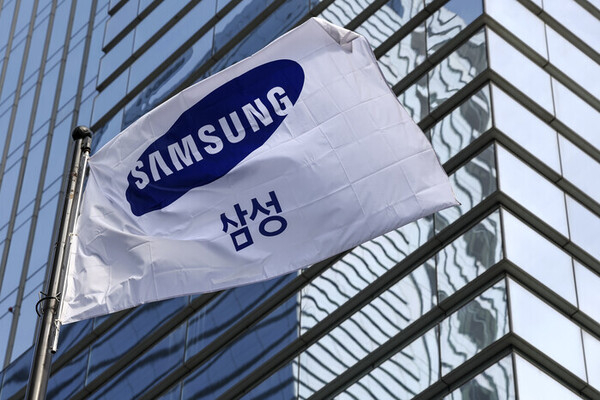Key Takeaways
- Samsung Electronics reported a substantial drop in second-quarter operating profit, halving to KRW 4.6 trillion due to inventory valuation provisions.
- The semiconductor sector faces challenges, with an estimated KRW 1 trillion allocated for inventory losses, affecting both memory and non-memory businesses.
- Looking ahead, Samsung anticipates recovery in the second half of the year, driven by improved demand and potential integration into Nvidia’s supply chain.
Significant Earnings Decline
Samsung Electronics has reported a significant decline in operating profit for the second quarter of 2023, falling to KRW 4.6 trillion, a halving of last year’s figure. While sales slightly decreased by 0.09% to KRW 74 trillion, the operating profit drop is largely attributed to provisions for inventory valuation losses in the semiconductor sector.
The estimated operating profit for the semiconductor division was about KRW 1 trillion, showing a slight improvement from the first quarter’s 1.1 trillion but a stark decline from the 6.45 trillion reported in the same quarter last year. This downturn is primarily linked to high-bandwidth memory (HBM) inventory valuation provisions, estimated at around KRW 1 trillion for the quarter. Samsung noted that these provisions are associated with the HBM3E product currently undergoing Nvidia’s quality tests.
The memory business’s decline has also been influenced by public sanctions on AI chips, which led to sales constraints. Despite the challenges faced, Samsung anticipates a reduction in losses in the latter half of 2023. This expectation is based on improved utilization rates as demand gradually recovers.
Moreover, the NAND segment’s weak performance has impeded overall results. The operating profit from the device solutions division last year was bolstered by strong demand for DRAM and NAND. However, waning customer demand, stockpiling due to U.S. tariff policies, and falling prices have negatively impacted results, with potential deficits in the NAND business this year.
Foundry and system LSI segments have consistently reported losses, further affecting the device solutions division’s performance. In light of these challenges, Samsung’s Chairman Lee Jae-yong emphasized the need for a robust response to the crisis during a recent training session for executives, urging a collective commitment to tackle these “life-or-death” issues.
Looking forward, the spotlight is on Samsung HBM’s potential entry into Nvidia’s supply chain later this year. The company plans to focus on advancing its operations, particularly targeting a 2-nanometer semiconductor process by year-end. This includes passing Nvidia’s qualifications for HBM3E products and mass production of the upcoming HBM4 (6th generation) products, alongside efforts to address foundry deficits.
Amidst these challenges, the overarching goal for Samsung Electronics remains not just survival but regaining its leadership position in the semiconductor market.
The content above is a summary. For more details, see the source article.















